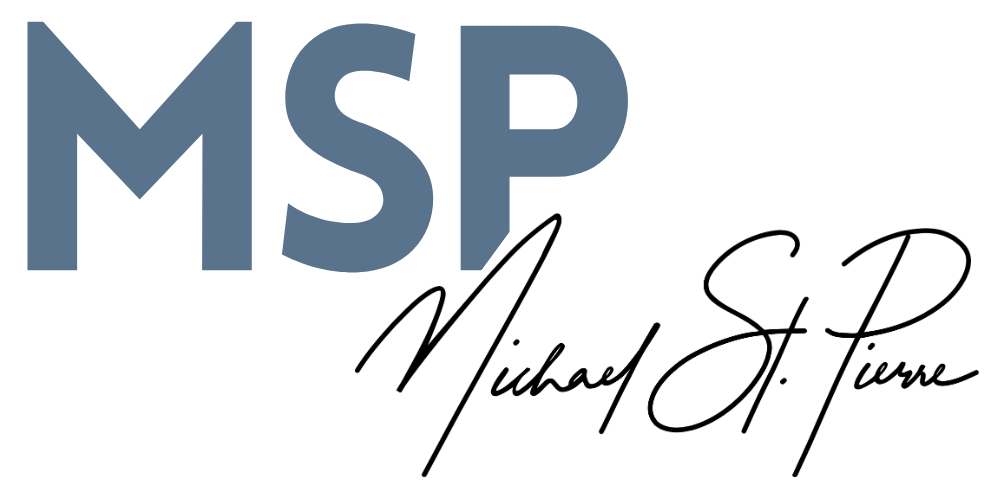I coach my son’s 8th grade basketball team. We had a game recently and it was evident that we were not only tired but underhydrated. The guys looked pale and just weren’t playing up to their usual standards. The coaches kept telling them to get a drink, to take a breath and to keep adding water to their systems.
It struck me- the Bible is very similar for a Christian as water is to an athlete. Without the proper hydration, the athlete will ultimately run out of fuel and begin to slow down. For someone who wants to be praying well, the Bible is very, very similar. It’s an essential helpmate to an active life of prayer.
Let’s look at some practical reasons for reading the Bible and including it in our prayer time:
1. Jesus read it. Sure, Jesus didn’t have the entire New Testament nor did he have a “pocket version” with the handy strings to mark your spot (I love those). Still, he was not only familiar with Old Testament texts but he had memorized more than a few of them. It was a reference for him and one that he obviously held in high regard.
2. The Saints loved the Bible. Every saint, at some point in their lives, has drawn great inspiration from the Bible. Consider the following quotes as examples,
- St. Jerome, “Ignorance of Scripture is ignorance of Christ.”
- St. Gregory, “The Holy Bible is like a mirror before our mind’s eye. In it we see our inner face. From the Scriptures we can learn our spiritual deformities and beauties. And there too we discover the progress we are making and how far we are from perfection.”
- St. John of the Cross, “Seek by reading and you will find by meditating. Knock by praying, and it will be opened to you in contemplation.”
3. The Bible is a Bridge to God. No person, no matter how holy they may be, can go it alone. We need one another and we need a map to get to heaven. The Bible, alongside Sacred Tradition, is our map. It serves as a bridge to holy living. Ask someone who is holy what they read each day and they will likely pull out their Bible.
With these reasons for why the Bible is so important for a Christian, how can you use it when you pray?
For me, it looks like this:
1. In the morning: when I have my quiet time, one of the first things I read is the Daily Mass readings. Depending on what’s featured for that day, I’ll either look at:
- The Old Testament reading
- The Psalm
- The New Testament reading
Note that I rarely look at all three and I don’t use a physical Bible. I usually go to www.usccb.org and read the Mass readings on my iPad. While I have two master’s degrees and a doctorate, I’m just not sharp enough to contemplate three separate readings. Rather, like a laser beam, I choose one and focus on that. It’s ok to choose one small snippet and read it over and over again. The temptation here will be to read it very fast, especially if you’ve read it in the past. Slow down. Read it again. Ask God to tell you what it means. Turn it over in your mind. See how it applies to your life.
2. In the evening: right before bed, I pick up my leather-covered Bible that I keep on my dresser and I read a few verses of one Psalm. Right now, I’m working through the Psalms very slowly. I might take a week on the same Psalm! When it feels like it’s time to move on to another book, I’ll do that. I keep it simple and just try my best to end a day with a small but good dose of Scripture. It works for me.
You might use the Bible in different ways during your day and that’s ok. The key, as the saints before us have taught, is to read the Bible as often as you can and figure out the “spots” where it best fits into your busy day.
I think you’ll find that, like water keeps an athlete hydrated, reading the Bible keeps the Christian praying well.






